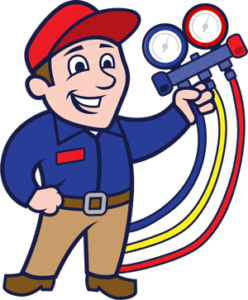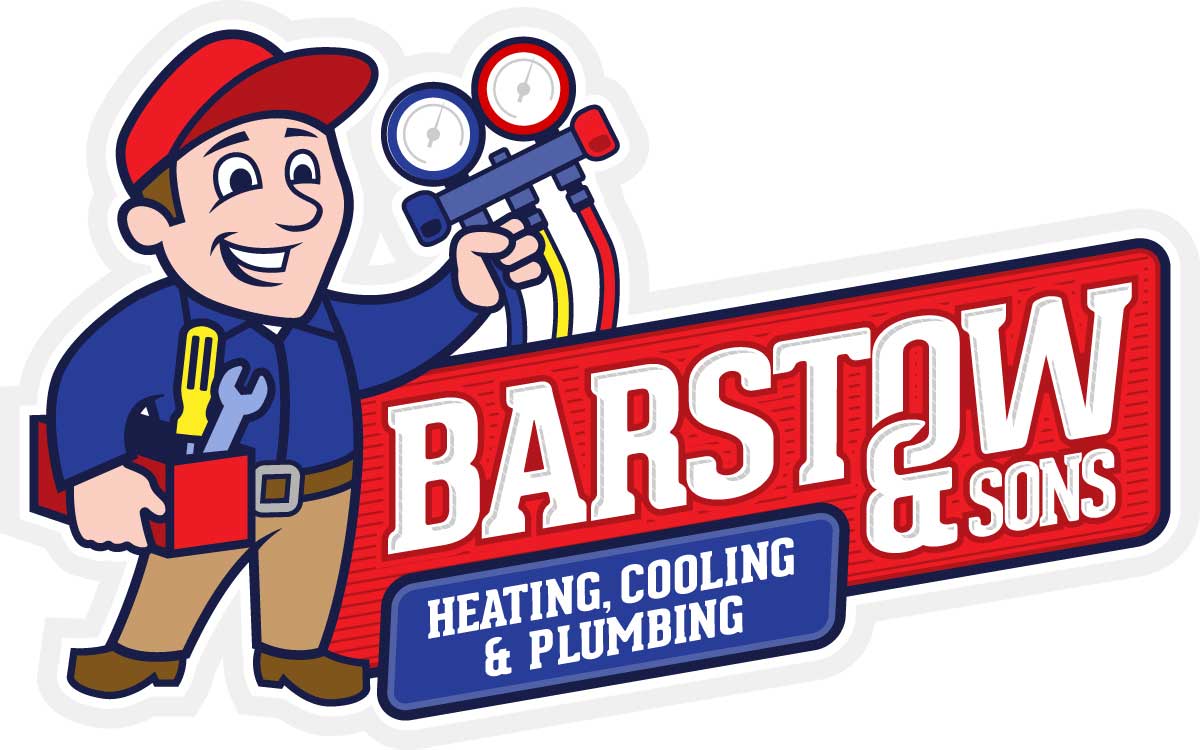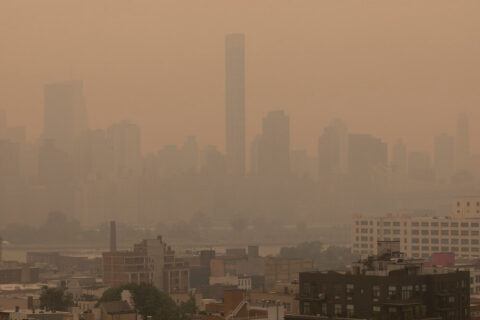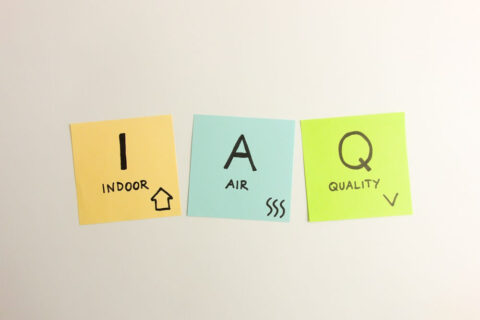Indoor Air Quality Can Affect Your Health in More Ways than One
Indoor Air Quality and Your Health
Have you heard about sick building syndrome? Sometimes, occupants of a building experience similar syndromes when they’re in that building, which diminish or disappear once they leave. What’s the cause? Researchers believe it has to do with indoor air quality. There’s also evidence to suggest that poor indoor air quality is linked to issues like a lack of productivity in occupational settings and poor student performance in the classroom. How can the air quality in a building have such an effect on people’s physical and mental wellbeing?
Facts About Indoor Air Quality
- On average, people in the United States spend 90 percent of their time inside buildings.
- Indoor air quality often contains pollutants at concentrations two to five times higher than are found outside.
- Pollution disproportionately affects vulnerable people, like the very young, older adults, and those with cardiovascular or respiratory illnesses.
- The increased use of synthetic building materials, personal care products, pesticides, and household cleaners in modern life has led to a higher concentration of indoor air pollution.
- Energy efficient building construction often exacerbates the problem by sealing buildings without providing adequate ventilation.
- Children, in particular, are at high risk of illness from indoor air pollution, because of the time they spend in poorly ventilated school buildings.
What’s in Your Air?
Determining what’s in your air at home may require indoor air quality testing. With a home air quality test, you can determine whether you have radon and other pollutants in your air, and with an air quality monitor, you can stay abreast of your indoor air status. Typical indoor air pollutants include:
- Combustion byproducts: These include things like carbon monoxide, particulate matter, and environmental tobacco. Smoking indoors, using wood, gas, or coal heating, cooking appliances, and fireplaces, or breathing second hand tobacco smoke can all expose you to these pollutants.
- Substances of natural origin: Contaminants like radon, pet dander, dust mites, rodent and roach allergens, as well as biological agents like mold and mildew, can circulate through your air, triggering allergies and asthma.
- Pesticides, lead, and asbestos: Degrading building materials, like aging insulation that releases asbestos, and new building materials, like pressed wood products that produce chemical off-gassing, can all cause dangerous substances to contaminate your indoor air.
- Ozone and volatile organic compounds: Many different cleaning supplies, insecticides, air fresheners, and other commonly used household products, can introduce a variety of chemicals into the indoor air.
Illnesses Caused By Poor Indoor Air Quality
As mentioned earlier, allergens released into the air can trigger asthma and allergies. However, that’s just the beginning of the list of health conditions connected to polluted indoor air. People spending time in buildings with poor air quality may experience irritation of the eyes, nose, and throat, or headaches, dizziness, and fatigue. There is a link between poor indoor air quality and respiratory ailments like chronic obstructive pulmonary disease (COPD), emphysema, pneumonia, and chronic bronchitis, along with cardiovascular issues like coronary syndrome, arrhythmia, heart failure, stroke, and sudden cardiac death. There is even a connection between indoor air pollution and certain types of cancer, including not only lung cancer, but also breast, pancreatic, and liver cancer.
Common air pollutants like radon, carbon monoxide, Legionella bacterium, and particle pollution are linked with major health effects. Radon causes cancer, carbon monoxide is toxic and exposure to elevated carbon monoxide levels can be fatal, and exposure to the Legionella bacterium can cause Legionnaire’s disease, a form of pneumonia. Legionella is often found in buildings with poorly maintained HVAC systems or hot tubs, fountains, and plumbing systems.
What Can Be Done About Poor Indoor Air Quality?
As our understanding of the link between poor air quality and poor health continues to evolve, one thing is clear: cleaner indoor air is better for your body and mind. Fortunately, there are steps you can take to be proactive about your indoor air quality. First, cut down on allergens in your home by switching to non-toxic cleaning products, not allowing smoking inside, and keeping up with the upkeep of your home. Reduce allergens by regularly brushing and bathing your pets, washing your bedding in hot water at least twice a month to get rid of dust mites, and using hypoallergenic pillows and impermeable mattresses to reduce dust mite activity. Vacuum and dust to keep dust, dust mites, and pet dander under control, and eradicate mold and mildew from your home. Mold and mildew can be cleaned from nonpermeable surfaces like tiles and metals, with bleach or soap, but carpet, wood, or drywall where mold is growing will need to be replaced.
Talk to your HVAC company about other measures to improve your indoor air quality. A whole home dehumidifier can remove moisture from your home’s air, discouraging the growth of mold, and a UV air scrubber can destroy viral and bacterial pathogens lurking in your HVAC system. Installing a ventilator allows fresh air to circulate through your home without carrying in the pollutants that can fit through a screened door or window screen. The professionals at your HVAC company will be able to help you determine the right solutions for your home, to improve your indoor air quality and, by extension, your health and the health of your family.
Improve Your Air Quality with Barstow and Sons
When you’re ready to improve your indoor air quality, contact Barstow and Sons for help. We understand the importance of good indoor air quality, and we can protect you and your loved ones with solutions that include humidifiers, UV air scrubbers, improved air filtration, and ventilators. A full-service heating and cooling service company, we’ve been providing high-quality service to customers throughout Anne Arundel County, Severna Park, Pasadena, and Annapolis since 1980. We’ve built a reputation for our dedication to excellence, and we’re here for our customers 24 hours a day, 7 days a week. Call (410) 777-9148 to learn more or contact us through our website.



